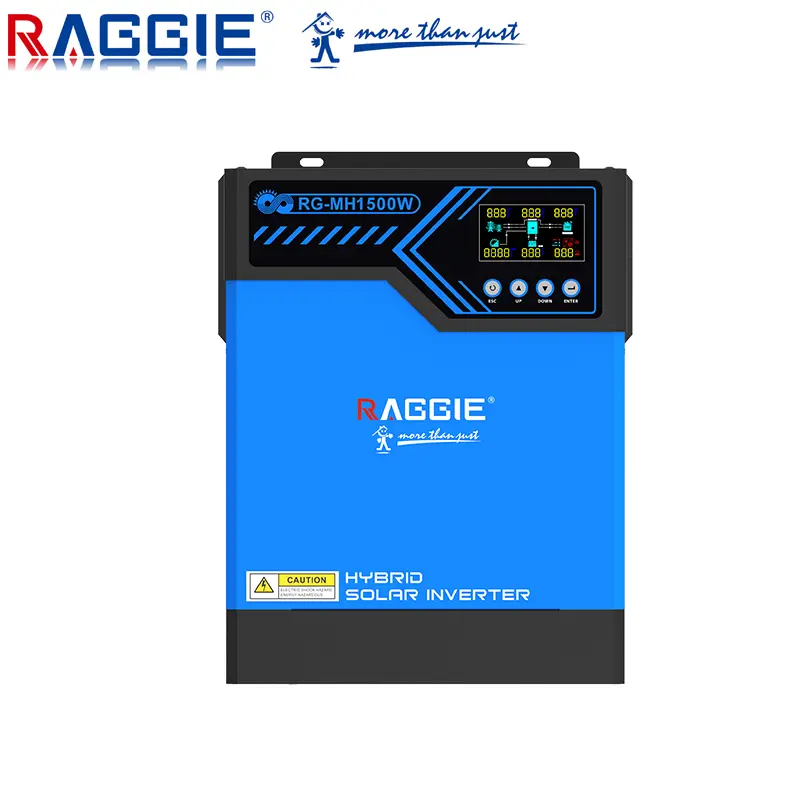How does battery storage in a solar inverter work?
In the solar power generation system, the power battery is an indispensable part of the installation, because if the power grid fails, the solar panels can ensure continuous power supply. This article will break down the seemingly complex operations of this type of storage device into several easy-to-understand processes. Discussions will revolve around batteries already paired with solar systems, rather than individual solar panel storage.

1. Provide solar energy
When sunlight hits the panel, visible light is converted into electrical energy. Electric current flows into the battery and is stored as direct current. It is important to note that there are two types of solar panels: AC coupled and DC coupled. The latter has a built-in inverter that can convert the current into DC or AC. That way, DC solar energy will flow from the panels to an external power inverter, which will convert it into AC power that can be used by your appliances or stored in AC batteries. A built-in inverter will convert AC power back to DC power for storage in such situations.
In contrast to DC-coupled systems, the battery does not have a built-in inverter. That way, DC power from the solar panels flows into the battery with the help of a charge controller. Unlike an AC installation, the power inverter in this system only connects to your home wiring. Therefore, the power from solar panels or batteries is converted from DC to AC before flowing into home appliances.
2. Charging process of solar inverter
The electricity flowing from the solar inverter panels will be prioritized to your home's electrical installation. So, electricity directly powers your devices, such as refrigerators, televisions, and lights. Typically, solar panels will produce more energy than you require. For example, on a hot afternoon, a lot of electricity is generated, but your house doesn't use much power. In such a situation, net metering will occur, in which excess energy flows into the grid. However, you can use this overflow to charge the battery.
The amount of energy stored in a battery depends on its charging rate. For example, if your home doesn't use a lot of power, the charging process will be quick. Additionally, if you connect to a larger panel, a lot more power will flow into your home, which means the battery can charge faster. Once the battery is fully charged, the charge controller will prevent it from overcharging.

Why Solar Inverter Batteries?
1. Protect you from power outages
If you are connected to the grid, there is always a time when the transmission system fails or is shut down for maintenance. If this happens, the system will isolate your house from the grid and activate backup power. In such a situation, the battery will operate like a backup generator.
2. Time of use rate plan
In this type of plan, you are charged based on how much power you use and how long you use it. The TOU states that the energy obtained from the grid at night is more valuable than the additional energy generated during the day. That way, by storing excess energy and using it at night, you can reduce your home's total electricity costs.
As the world embraces "green energy," solar panels are on track to replace traditional sources of electricity. Solar panels play a very important role in ensuring that your home has reliable power. AC-coupled batteries have a built-in inverter that converts the current into DC or AC depending on the direction. DC coupled batteries, on the other hand, do not have this feature. However, regardless of installation, both batteries store electrical energy in DC. The speed at which electricity is stored in the battery depends on the size of the panel and the consumption of the appliance.










